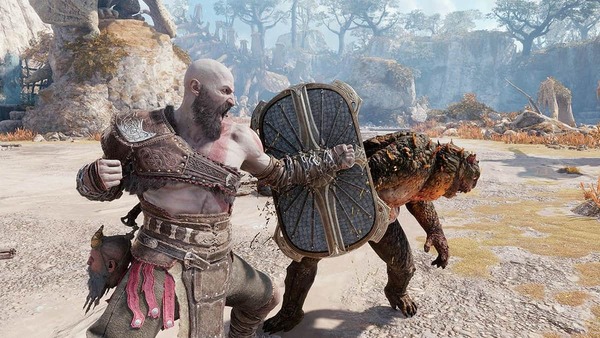Popular Now
Introduction
The tactical shooter genre has seen many innovations over the decades, but few have been as impactful as Valorant's refined approach to in-game economy management. While drawing inspiration from Counter-Strike's established framework, Valorant's credit system and loss bonus mechanics have created a uniquely complex meta that has revolutionized how teams approach resource management in competitive play.

The Foundation of Valorant's Economy System
When Riot Games launched Valorant in 2020, they faced the challenge of creating an economy system that would be both familiar to tactical shooter veterans and innovative enough to stand on its own. The introduction of the 800-credit minimum starting sum and varying kill rewards based on weapon type created an immediate differentiation from existing systems.
The decision to provide players with a stable minimum credit amount each round, regardless of performance, established a baseline that would fundamentally change how teams approach eco rounds and force buys. This seemingly simple change had far-reaching implications for competitive play.
Ultimate Point Integration with Economy
Ultimate Point Accumulation
- Death orbs providing ultimate points
- Weapon price considerations affecting ultimate timing
- Strategic ultimate point farming through orb control
The unique interaction between ultimate abilities and the economy system created a new layer of strategic depth that teams had to master. The choice between investing in equipment or playing for ultimate point accumulation became a crucial decision point in many matches.
Early Round Economic Strategy
The first three rounds of each half in Valorant present unique economic challenges that differ significantly from other tactical shooters. Teams must consider multiple factors:
Professional teams have developed distinct approaches to these early rounds, with some favoring aggressive force buys while others prefer more conservative economic management. The emergence of the "second round force buy" meta has become a defining characteristic of high-level play.
First Round Considerations
- Ghost vs. Classic + Armor debates
- Utility priority differences by agent
- Site execution requirements

Mid-Game Economy Management
Loss Bonus System
- Progressive credit increases after consecutive losses
- Strategic loss bonus banking
- Impact on round investment decisions
The mid-game economy phase introduces complex decision-making scenarios where teams must balance immediate needs against long-term economic stability. Teams often face difficult choices between forcing with weaker weapons or saving for a full buy.
The Light Shield Revolution
One of the most significant meta developments in Valorant's economy has been the rise of light shield purchases as a viable strategy. This phenomenon has created entirely new approaches to economic management.
The 600-credit investment in light shields versus the 1000-credit full shield created new breakpoints in weapon damage calculations that teams had to master. This led to the development of specific strategies around light shield timing and usage.
Agent-Specific Economic Considerations
High-Utility Agents
- Sage's unique economic pressure
- Viper's setup costs
- Cypher's preparation investments
Low-Utility Agents
- Reyna's self-sufficiency
- Jett's mobility value
- Chamber's built-in economic advantages

The Operator Economy
The 4700-credit Operator represents the largest single weapon investment in Valorant, creating unique economic pressures and strategies around its usage. Teams have developed specific economic patterns to support dedicated Operator players.
The risk-reward calculation of Operator investment has led to the development of complex drop systems and save strategies within teams. The weapon's high cost but significant impact has created a mini-economy game within the larger economic system.
Economic Impact of Agent Abilities
Unlike traditional tactical shooters, Valorant's agent abilities add an extra layer of economic complexity. Teams must balance weapon purchases with ability costs, creating unique economic pressures.
The interaction between ability costs and standard equipment has led to the development of specialized roles within teams, where certain players prioritize different types of purchases based on their agent's requirements.
Late Game Economic Strategies
Economic Momentum
- Snowball potential analysis
- Recovery mechanisms
- Ultimate economy integration
Strategic Time Bank Usage
- Economic timeout usage
- Round timer manipulation
- Information-based economic decisions
Modern Economic Meta Evolution
The evolution of Valorant's economic meta continues to develop as teams discover new strategies and approaches. Recent tournaments have shown increasingly sophisticated economic management techniques.
The introduction of new agents and maps has consistently shifted economic priorities, creating a dynamic meta that requires constant adaptation and learning from professional teams.

Conclusion
Valorant's economy system represents a significant evolution in tactical shooter design, creating deep strategic layers that teams must master to compete at the highest levels. The interaction between traditional economic management and agent-specific considerations has created a unique competitive environment that continues to evolve.Valorant's credit system revolutionized tactical shooter economics through agent abilities, loss bonus innovation, and strategic depth in resource management.


















